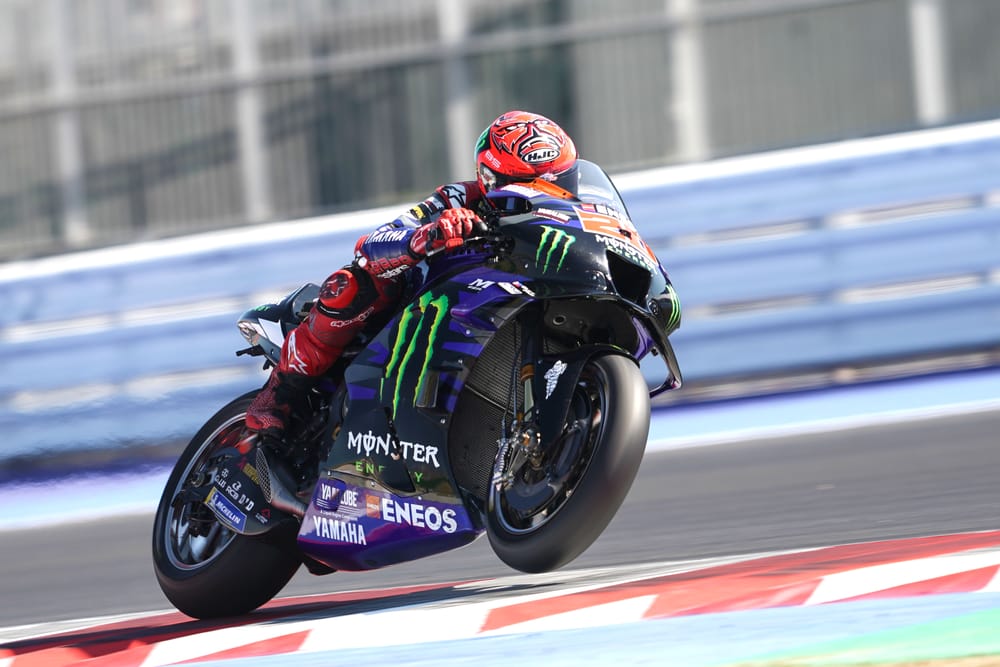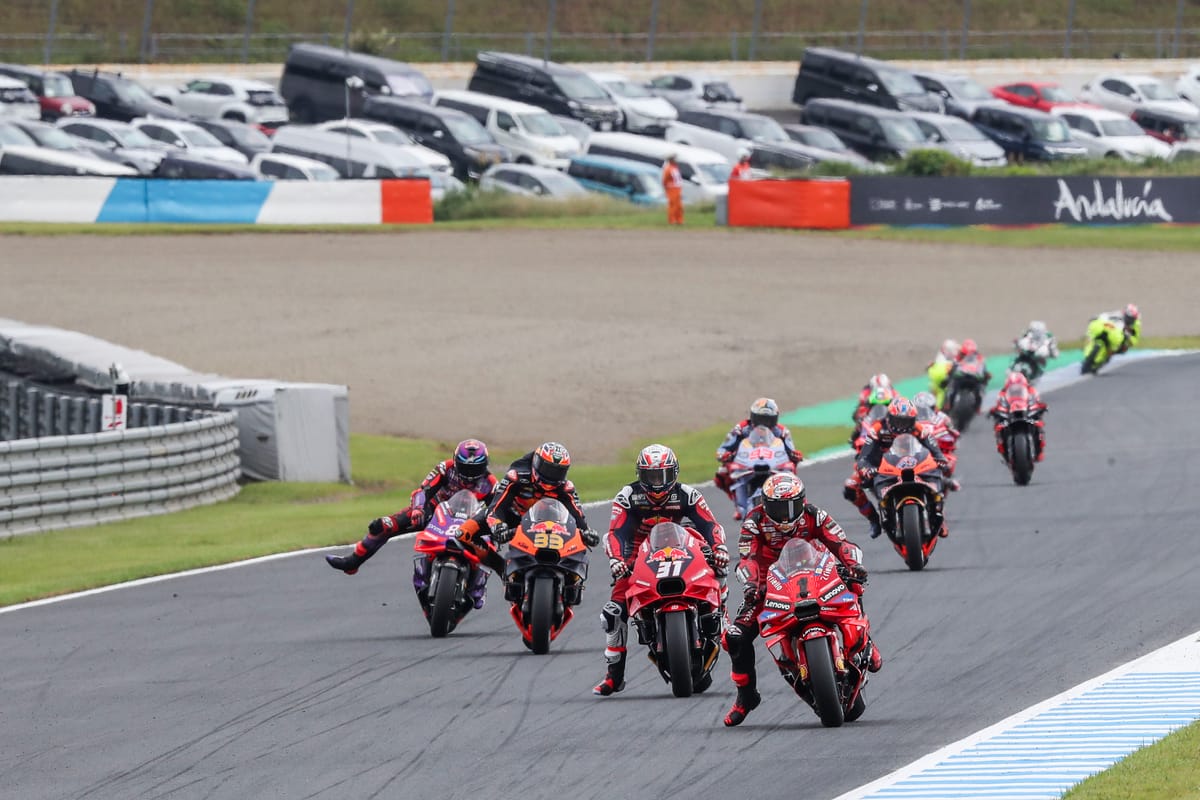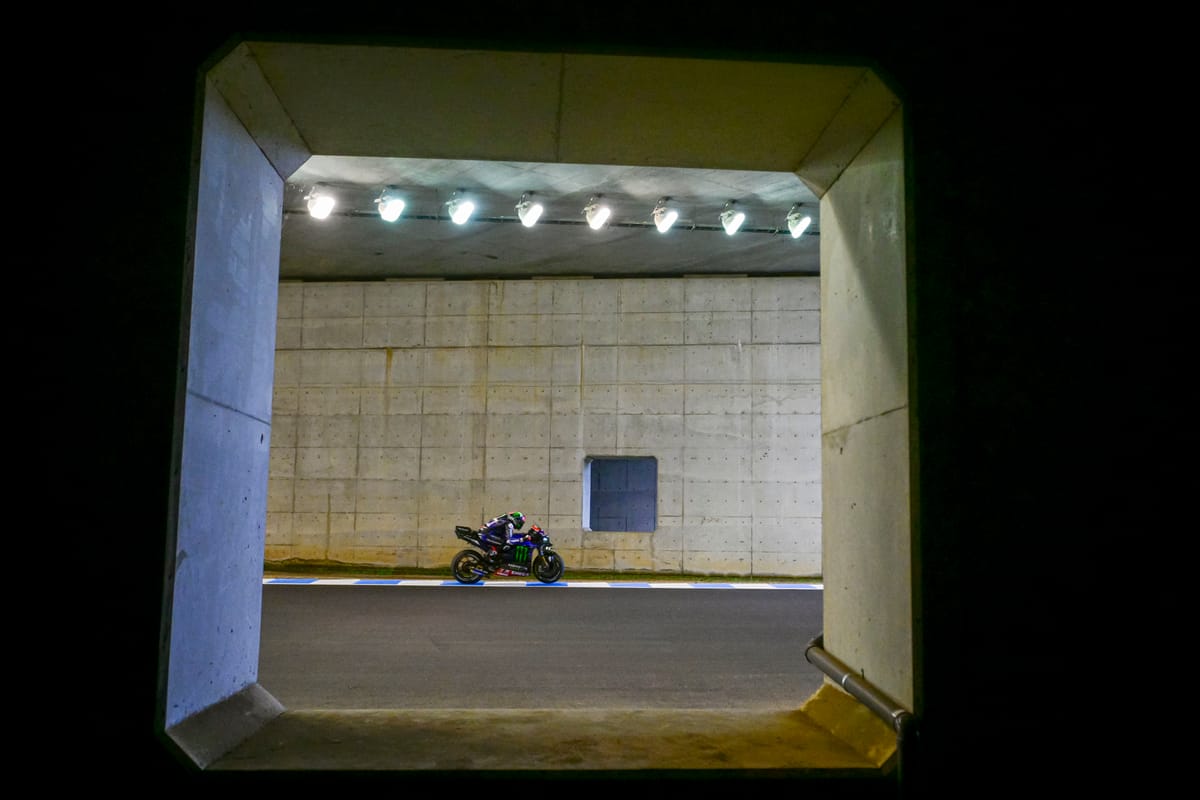Yamaha's dramatic switch to a V4 engine configuration in MotoGP could happen much sooner than originally expected based on riders' recent hints - but the scale of the change shouldn't be underestimated.
It is currently the last team on the MotoGP grid using an inline-four engine, but that could change as soon as next season's summer break as it bids to cut the gap to its V4-powered rivals.
Despite having decades of experience with its current powertrain, Yamaha has also been experimenting with the V4 alternative used by all the other MotoGP manufacturers for quite some time behind the scenes. It's believed to be a change that recently-arrived engine guru Luca Marmorini has been keen on.
Official acknowledgement that the change was coming finally came last month, but the timeline on when the new bike will appear on the MotoGP grid was left unclear, with team boss Lin Jarvis only saying it would race ‘when it is faster’ than the current iteration.
But factory racer Alex Rins clearly has an idea of when he would like to see it in action for the first time.
“We are not going to have the V4 for the last races [of 2024],” he said, “but luckily if everything goes well then in the middle of the season next year we can have it.”
Swapping to a V4 is a process sped up by Suzuki’s decision to walk away from the championship after 2022, leaving Yamaha as the only manufacturer still using the inline-four.
The inline-four is smoother in its power delivery and better suited to Yamaha’s traditional high corner speed, but it comes at the cost of both top end speed and acceleration.
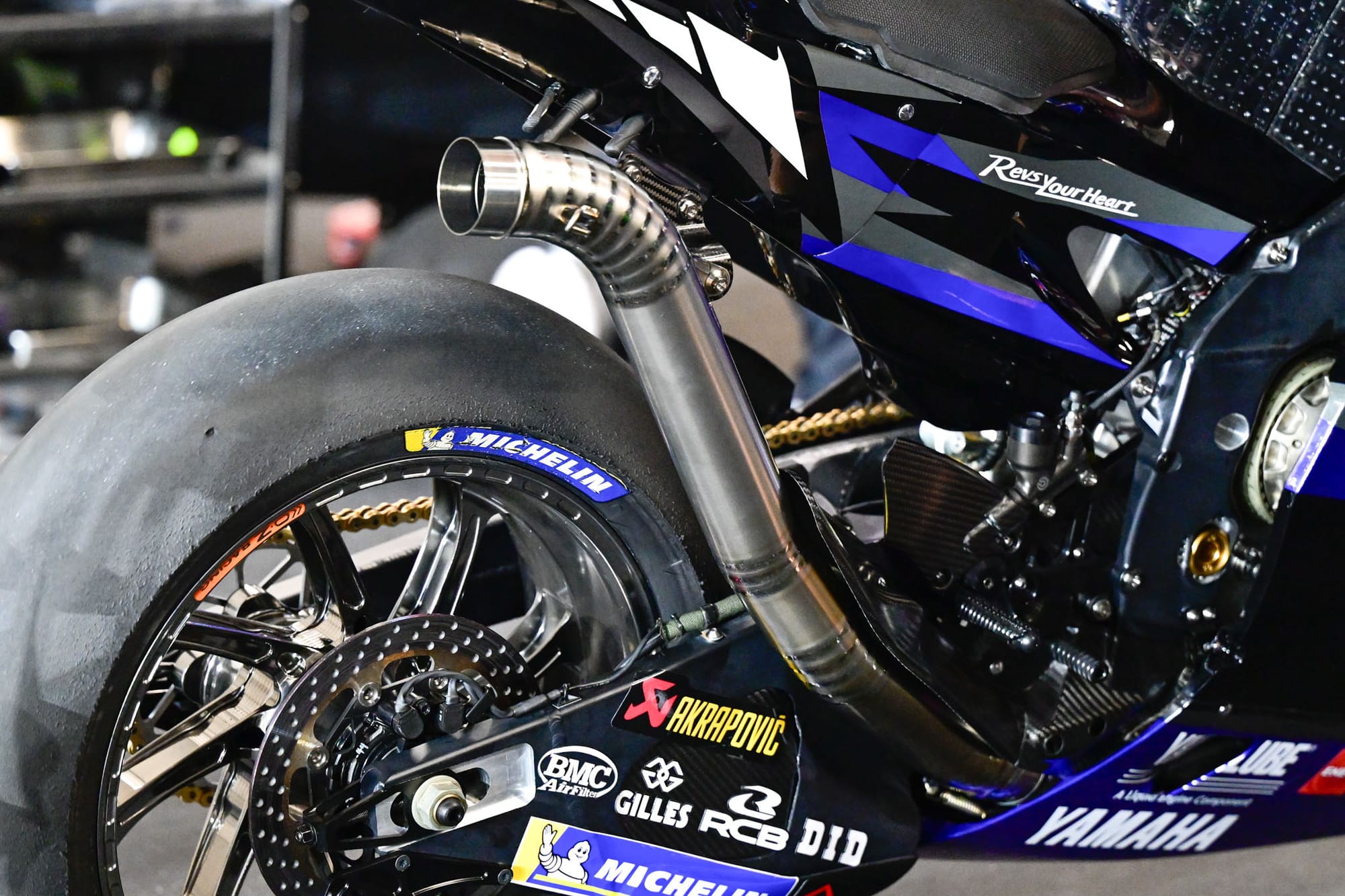
In an era where ride height devices and aerodynamics mean that strong corner exits are crucial, it appears Yamaha has been left with no other choice than to follow the lead of the series’ other factories.
That process has likely been aided by MotoGP’s move to control electronics and a single tyre manufacturer, which means all of the V4-powered teams have the same representative data on the tyre end electronics fronts to drive engine development, while Yamaha having a different engine leaves it even more of an outlier when so many other elements of the bike packages are equal.
However, it’s not just as simple a process as bringing a new engine spec, something only concession manufacturers Honda and Yamaha are currently allowed to do mid-season thanks to the series’ engine homologation rules and looming 2026 development freeze ahead of a significant new rulebook arriving in 2027.
Instead, the transition to V4 will take a whole new bike, because the much narrower but longer shape of the engine - set to go from being four cylinders wide to two - will require a whole new frame and aerodynamics package to contain it.
The overwhelming majority of current Yamaha pair Rins and Fabio Quartararo's MotoGP experience is with inline-four engines, bar Rins's brief and injury-wrecked LCR Honda stint last season.
But there’s one other person in the line-up (at least temporarily) who says that the engine switch should bring some much-needed help.
Currently a stand-in test rider and wildcard as well as a Yamaha World Superbike racer, former KTM MotoGP racer Remy Gardner has experience with KTM’s V4 and can’t help but feel Yamaha will make progress by dropping the inline-four.
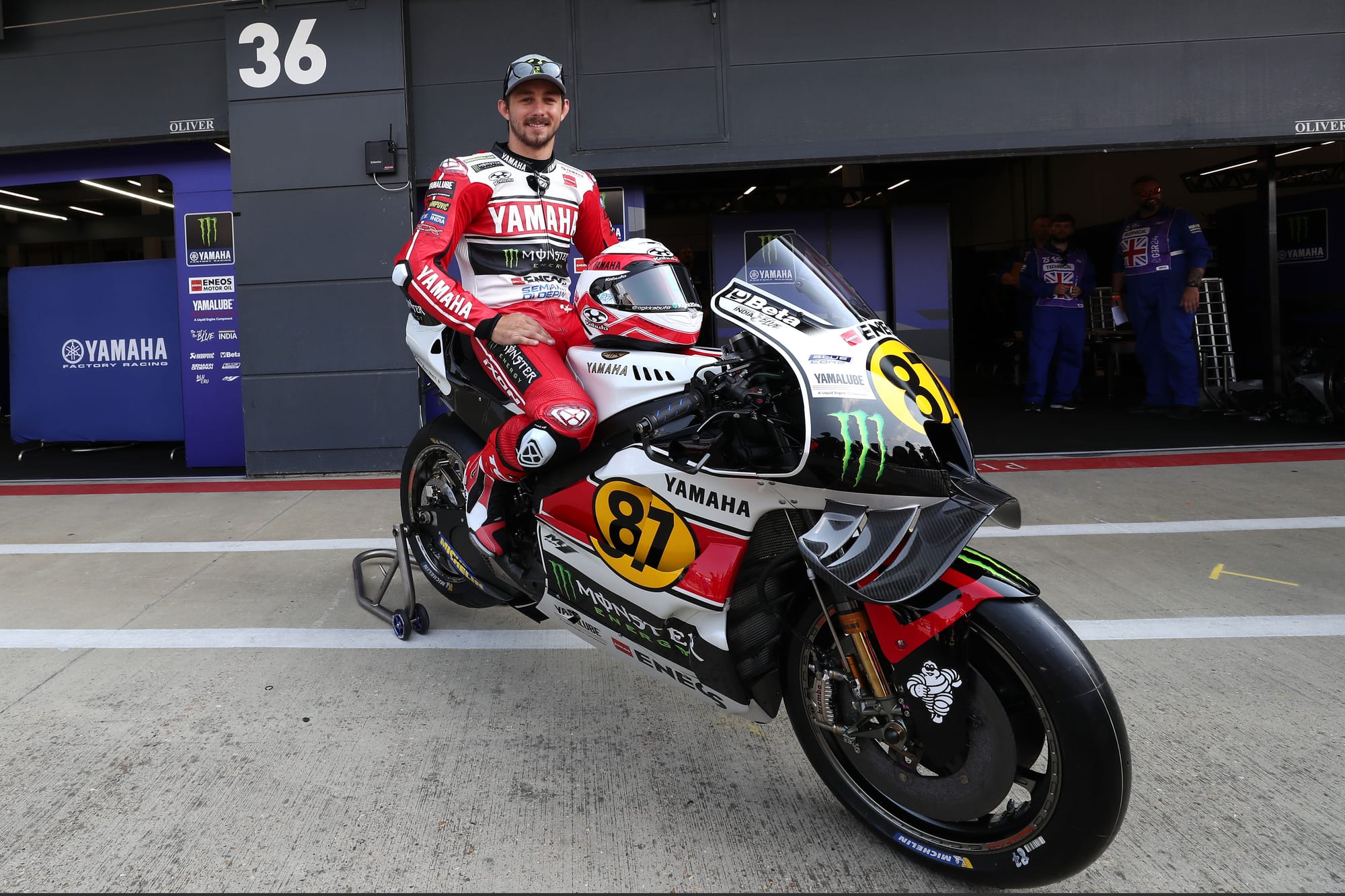
“If I compare the two engines, the KTM was more linear," he replied when asked by The Race about the two configurations.
“Even though I felt like it was still quite an aggressive engine, it felt more linear. I don’t know if that was electronics or just the character, but it was easier to ride. I had it in my hand a bit more.
“At the minute, we’re struggling a bit with that [at Yamaha]. It’s either too much, or not enough. The electronics are having a hard time controlling it.
“[Changing to a V4] could bring some positives to the project.”
The technically-minded Gardner also believes that while maybe everyone else having V4s isn't actively hampering Yamaha, changing could give the electronics engineers an easier time.
“I don’t think the electronics work in a hugely different way even though it’s a V4,” he explained.
“But maybe they have to work a little bit less.
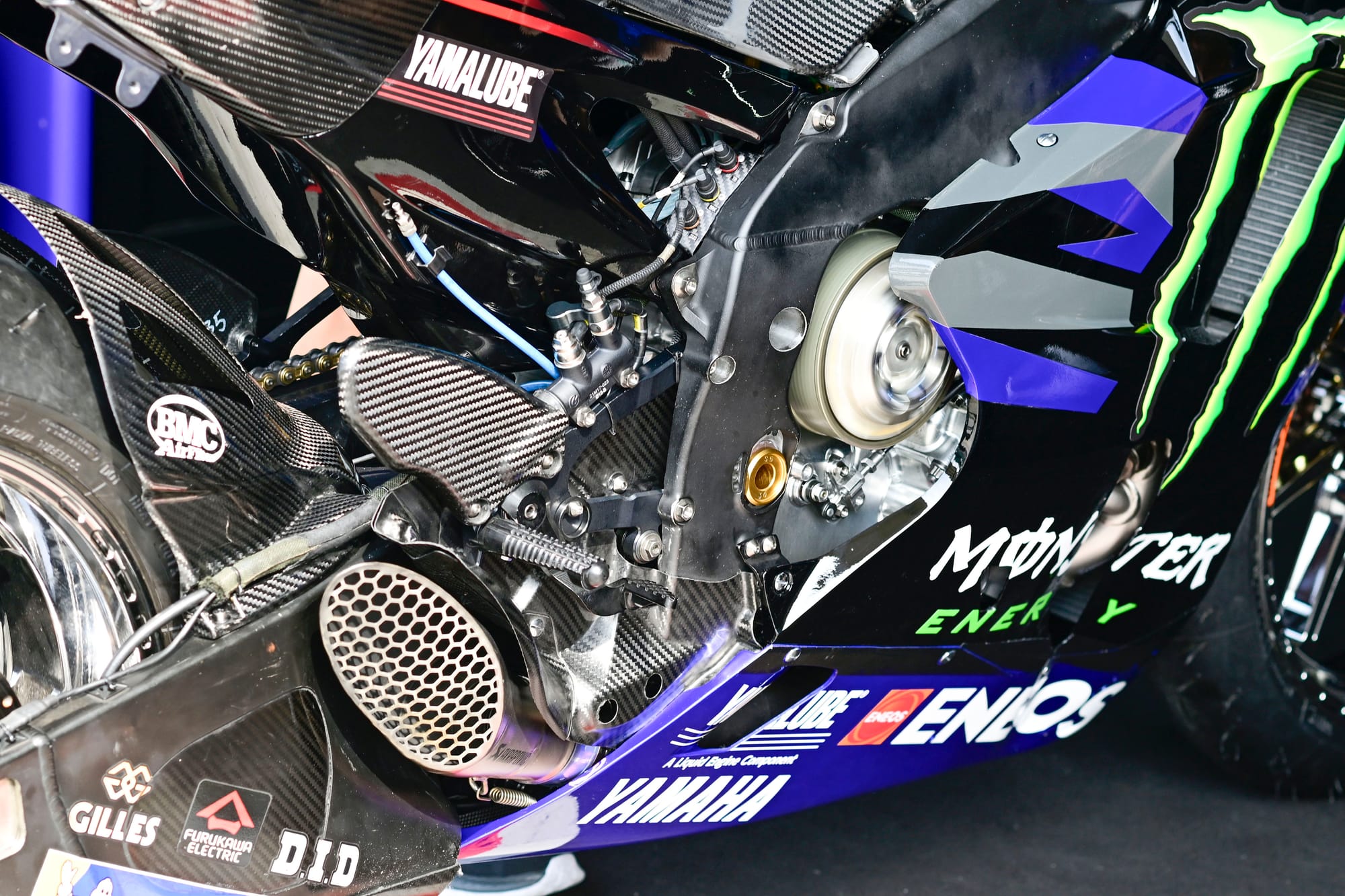
“Electronics can only work so fast, and things are happening even quicker than that mechanically that it can’t keep up with.
"The electronics are on the limit and give that dull feeling that you don’t like on the throttle.”


